Interior Designers have a lot on their plate, no matter how well decorated that plate may be. Time after time, design proves to be a team sport. Here at GDG we want to help shed light on those who can be valuable members in an interior designer’s cabinet.
GDG took a walk down Mason Lane, a fictional street founded on the theory that “blank walls aren’t fun and buying art is tough.” Enter our tour guide, Katharine Earnhardt, a Brooklynite, mother of two (three if you count Baci the cat), columnist for Editor At Large and founder of Mason Lane Art Advisory Services.
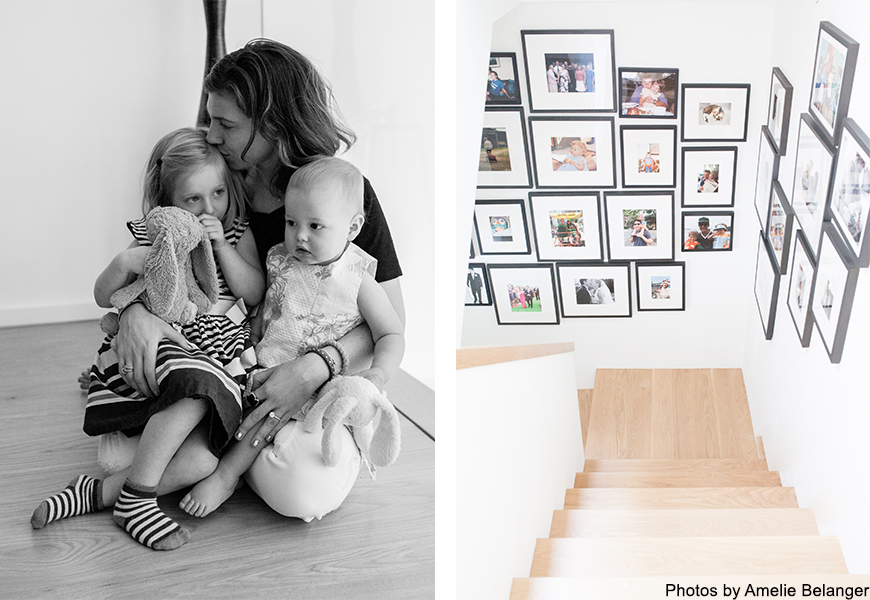
“Buying art either directly or working with an art advisor, does not need to be intimidating or an overly fancy process. We’re not fancy at all – Yes, we buy some pricey pieces for clients, but pricey is a relative term, and our mission is to style walls,” Katharine said. To her, this means being creative to make a space complete!
Basically, art buying can be intimidating, not to mention overwhelming, but an art advisory service such as Mason Lane breaks down the process. Katharine effectively services clients and the trade through a strong background in art and business, and with a powerful love of design.
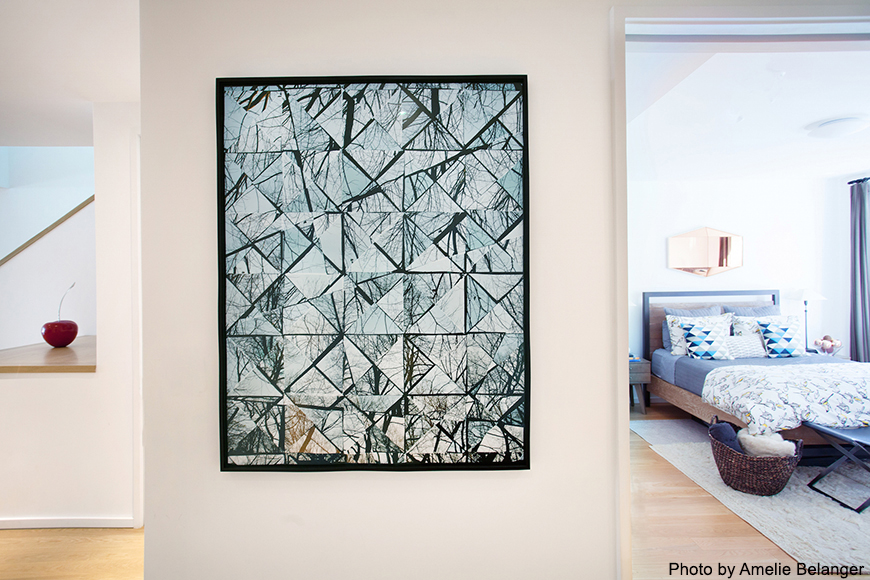
Before working in the Finance + Investment office at MoMA or doing business development at Christie’s, networking with museum trustees, flying to international art fairs and overseeing business development, Katharine studied art history and economics at Williams College and pursued an Art Business Masters from Sotheby’s Institute. However, long before these accomplishments, Katharine was a self-confessed hoarder – of coloring books.
“Every birthday party I had until age 13 was ‘Katharine’s Craft Party,’ hosted by my amazingly crafty grandma,” Katharine admitted. “I’m not sure what the catalyst was for these interests, but they were definitely the early signs of a life-long passion!”
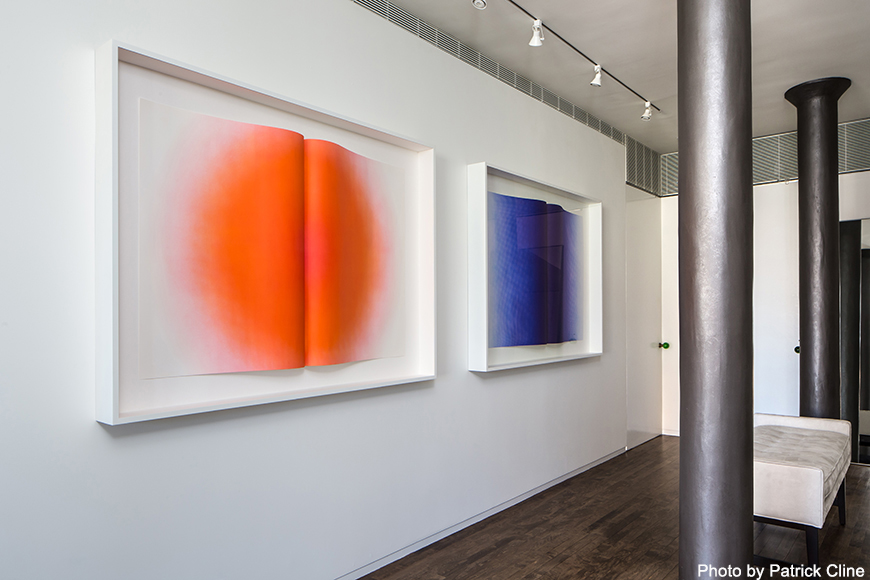
Apart from seeing countless incredible interiors throughout her vast career, including Ronald Lauder’s house, and “not creepily” stalking every designer she can find to swoon over on social media, Katharine also joins design events at the D&D and interacts with top designers daily.
“Visiting showrooms provides constant inspiration for how materials, textures, colors and forms work together within a space. To me, art is a key part of any interior design. The most visually interesting interiors have diversity and cohesion – in colors, materials, etc,” Katharine said, “The same is true with art – getting a variety of media (paintings, photos, works on paper) and presenting them so it all works together is key.”
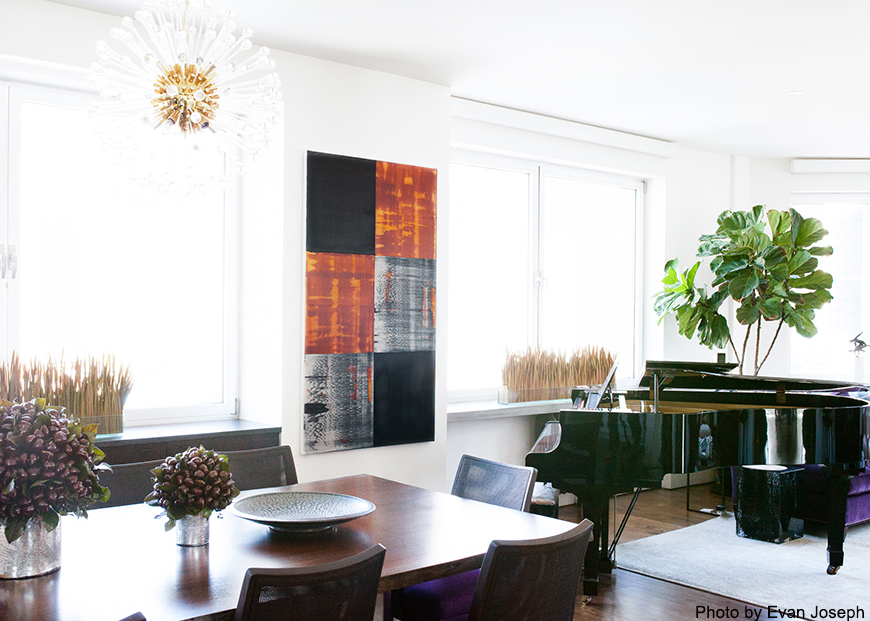
Katharine’s career has shown her the strong intersections between art and design – but also some of the confusions.
“I realized the void when I bought my first home and wanted art for the walls. Our designer was totally lost on the subject, and I’d been operating in the blue chip art world for 10 years without a firm grasp on where to get art I could afford,” she said. “I started to re-focus onto the world of interesting and accessible art.”
This was Katharine’s ‘A-Ha!’ moment, putting together all of her passions into one niche market that needed some nurturing. Today the biggest challenge designers face are understanding pricing, quality and maybe most importantly –knowing available resources.
“The art world is notoriously not transparent, so those outside of the art industry have a hard time understanding where to get art, if that art is “good” and if the price is right,” Katharine said.
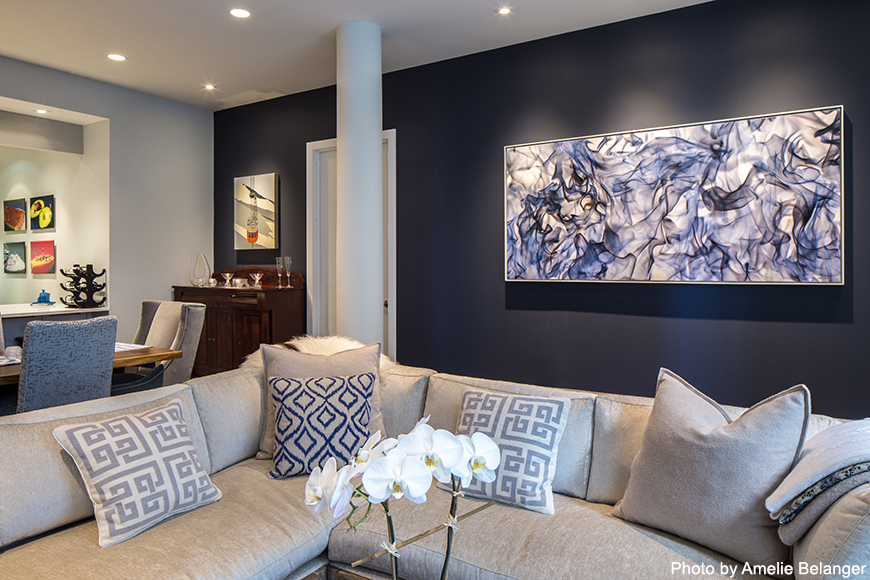
To designers, Katharine suggests trying to overcome the art struggle by not trying to tackle it alone and by doing some deep research. Bringing in an art advisor, talking to gallerists or artists themselves can help educate clients whenever appropriate.
Katharine’s goal when working with designers is to make him/her look good for making a worthwhile referral and having the client’s space ultimately look amazing.
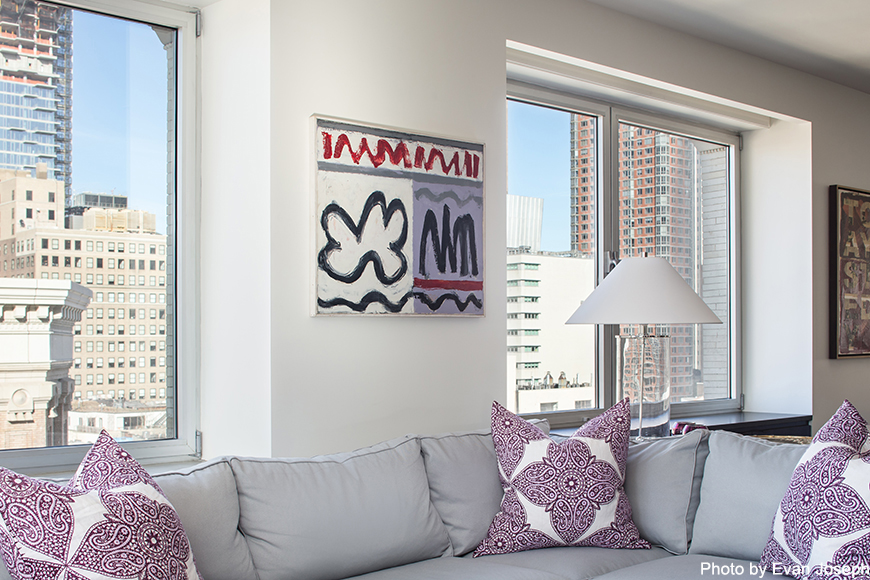
One free tip? Don’t provide too many options.
“People cannot make a decision when sent 20 thumbnail images of art – they need an edited list of no more than 4 per space, and a story about each so they can appreciate each option and decide accordingly,” Katharine added.
Furthermore, for a first-time art buyer, Katharine recommends in general (notwithstanding taste, space and budget) to tour a few art fairs to see a ton of art in person all in one venue. There are high end and lower priced art fairs, so clients can plan according to their budgets. Lastly, don’t be intimidated when asking questions in one of the most cryptic realms of design!
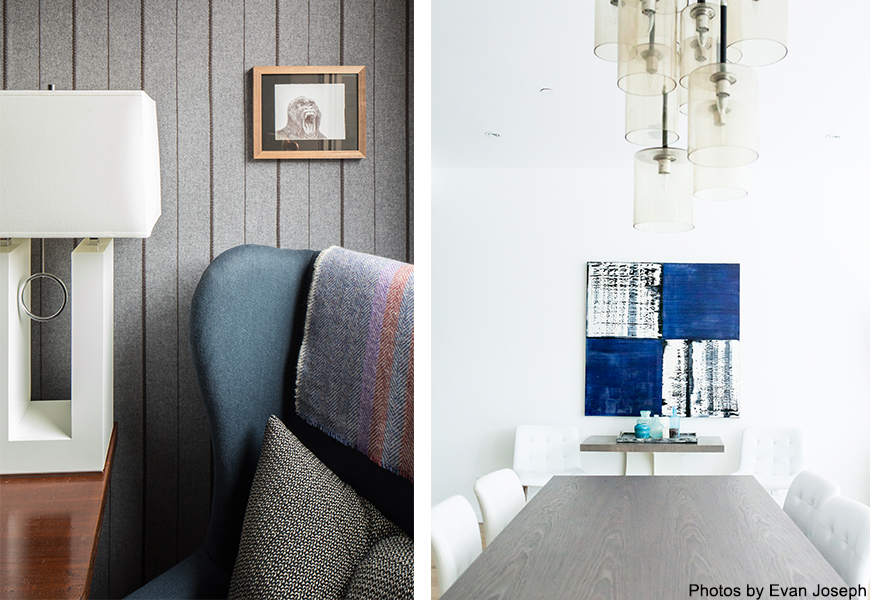
“The most important part is to take the pressure off. It’s JUST art. You don’t need to panic about whether you love it enough or just like it, if you’ll love it forever, or how it will fit into future homes that you may or may not have,” Katharine said. “Focus on learning about how the art is interesting to you, and you’ll get long-term enjoyment out of it.”
